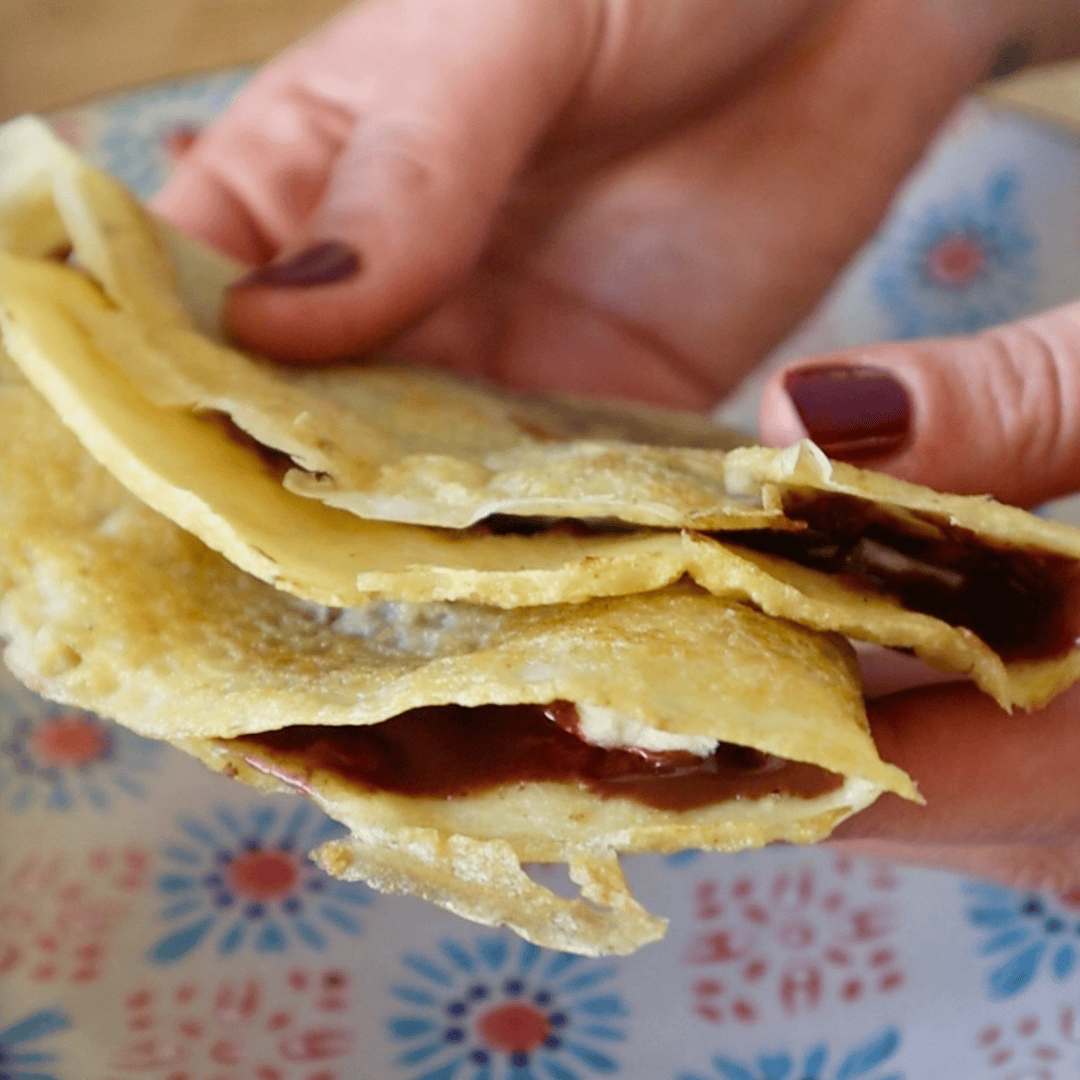Ran out of dark soy sauce? Or cannot find it? Don’t worry, in this post we’ll show you how to substitute dark soy sauce.
Dark soy sauce is a staple in many kitchens, especially those where Asian dishes are frequently prepared.
It is a great addition in many recipes, ranging from stir-fries to marinades to soups to dipping sauces, thanks to its rich, dark colour and somewhat sweet yet savoury flavour.

But there are many reasons why you might want or need to find a substitute for dark soy sauce.
Maybe you’ve run out, can’t find it or you have allergies, dietary restrictions, or a preference for low-sodium alternatives.
Nevertheless, understanding what dark soy sauce is and knowing the best substitutes for it can help you maintain the integrity and flavor of your dishes without compromising on taste.
In this post, we’ll explore what dark soy sauce is, what it’s used for, and provide you with ten great alternatives to use.

WHAT IS DARK SOY SAUCE?
Dark soy sauce, or “lao chou” (老抽) in Chinese, is a thicker, slightly sweeter soy sauce that has been aged longer than regular or light soy sauce.
The main difference in the ingredients, is the presence of caramel coloring or molasses in dark soy sauce on top of water, fermented soybean (and sometimes crushed wheat) and salt.
This contributes to its deep color and slightly sweet taste.
Dark soy sauce is different in flavour and this comes from the fermentation process. Light soy sauce is fermented less time than dark soy sauce.
As a result, black soy is the variety that has developed a darker colour and more complex and richer flavour.
Dark Soy Sauce Uses
Dark soy sauce is commonly used in Chinese, Southeast Asian, and some Japanese cuisines.
When using dark soy sauce, the main goal is to give food more depth and colour.
It’s commonly used in stews, braises, and sauces that are meant to be dark in colour, such teriyaki, chow mein, and red-cooked foods.
It’s also thicker than light soy sauce, which makes it perfect for glazes and marinades.
How to Substitute Dark Soy Sauce – 6 Best Substitutes
1. LIGHT SOY SAUCE + BROWN SUGAR

One of the easiest and most convenient ways to replace dark soy sauce is to combine light soy sauce with brown sugar.
This alternative is effective because it balances the color and flavor that dark soy sauce adds to food.
The key umami and salty flavors shared by all soy sauces are present in light soy sauce alone, despite its lighter colour and thinner consistency.
You may mimick the richness and depth of dark soy sauce by adding brown sugar, which will also darken the color of the sauce and somewhat thicken it.
Brown sugar’s molasses adds a subtle sweetness and caramel-like flavor that is similar to the flavor of dark soy sauce.
- Best for: Dishes where color and sweetness are important.
- How to use: To substitute 1 tbsp of dark soy sauce, combine 1 tablespoon of light soy sauce with ½ teaspoon of brown sugar.
- Why it works: Light soy sauce provides the umami and saltiness, while sugar replicates the slight sweetness and adds the depth and color.
2. KECAP MANIS

A great alternative to dark soy sauce is Kecap Manis, an Indonesian sweet soy sauce. It’s made from soybeans, palm sugar, and a variety of spices.
The result is a thick, molasses-like sauce with a rich, caramelized flavor.
It is well-known for its thick, syrupy viscosity and sweet flavor.
Depending on the meal you’re making, Kecap Manis might work well as a dark soy sauce alternative.
While Kecap Manis is sweeter than dark soy sauce, it shares several key characteristics that make it a suitable replacement.
It has a deep, dark color, it’s thicker than most soy sauces, which can be advantageous in recipes that require a viscous sauce or glaze, and it has a robust, savory undertone that complements many Asian-inspired dishes.
Its rich umami flavor makes it a versatile substitute.
- Best for: Stir-Fries, grilling and braising, stews and dipping sauce.
- How to Use: In most recipes you can use a 1:1 ratio. But due to its sweetness, you may need to adjust other sweet ingredients in your dish.
So, if your recipe calls for sugar, honey, or another sweetener alongside dark soy sauce, consider reducing the amount of that sweetener to balance the flavors.
You can also dilute it with water to reduce the sweetness
3. TAMARI (GLUTEN FREE OPTION) + SUGAR

Tamari is an excellent gluten-free alternative to dark soy sauce, making it ideal for those with gluten sensitivities or celiac disease.
Unlike traditional soy sauce, which typically contains wheat, tamari is made primarily from soybeans.
While tamari is slightly less sweet and lighter in color, it still provides the deep umami taste that enhances a wide range of dishes, from stir-fries to marinades, without compromising on flavor or gluten content.
- Best for: Gluten-free diets, as tamari is typically made without wheat.
- How to use: Use tamari in a 1:1 ratio as a direct substitute for dark soy sauce. For every tbsp you can add ½ teaspoon of brown sugar.
4. COCONUT AMINOS

Coconut aminos is a good soy-free and gluten-free substitute for dark soy sauce.
Coconut aminos, which are made from the fermented sap of coconut blossoms and combined with sea salt, have a flavor profile that is deep in umami and mildly sweet, akin to the depth of dark soy sauce.
It can be used as a versatile replacement in marinades, dipping sauces, and stir-fries.
Coconut aminos meets a range of dietary requirements with its savory taste that is free of soy and gluten, while not having the same rich color as dark soy sauce.
- Best for: Soy and gluten-free diets, as well as low-sodium needs.
- How to use: Substitute coconut aminos for dark soy sauce in a 1:1 ratio, but consider adding a pinch of sugar or molasses for added sweetness.
5. MUSHROOM SOY SAUCE
Mushroom soy sauce is a great substitute for dark soy sauce.
This sauce, which has been infused with mushroom extracts, has a flavor profile that is deep, savory, and slightly earthy, much like dark soy sauce.
It works well in marinades, stir-fries, and braised meals because of its rich flavor and black color.
Mushroom soy sauce is a tasty and flexible replacement that enhances the overall umami profile of your recipes, even though it may provide a mild mushroom note.
- Best for: Vegetarian and vegan dishes where deep umami flavor is desired.
- How to use: Replace dark soy sauce with mushroom soy sauce in equal amounts.
6. HOISIN SAUCE

Hoisin sauce can serve as a flavorful substitute for dark soy sauce, especially in recipes where a sweet, tangy, and slightly spicy note is welcome.
Made from fermented soybeans, garlic, vinegar, and various spices, hoisin sauce has a thick, rich consistency and a deep color similar to dark soy sauce.
While it’s sweeter and more complex in flavor, it can be used in stir-fries, marinades, and glazes to provide both the savory depth and the dark color that dark soy sauce offers.
Just be mindful of the added sweetness and adjust other ingredients accordingly when using hoisin sauce as a substitute.
- Best for: Glazes, marinades, and dipping sauces.
- How to use: Substitute hoisin sauce in a 1:1 ratio for dark soy sauce, but reduce or eliminate other sweeteners in the recipe.
FAQ Dark Soy Sauce Substitutes
What can I use instead of dark soy sauce?
To substitute dark soy sauce, there are several options depending on what you have on hand.
Light soy sauce mixed with a bit of brown sugar is a simple and effective alternative.
Other options include tamari and coconut aminos for a gluten-free choice, mushroom soy sauce for added umami, or even hoisin sauce for a sweeter, tangier flavor.
Each of these substitutes can mimic the rich, savory taste and dark color of dark soy sauce in various dishes.
How to make light soy sauce into dark soy sauce?
To make light soy sauce into a dark soy sauce substitute, simply mix 1 tbsp of light soy sauce with ½ part dark brown sugar.
This combination adds the sweetness and thickness characteristic of dark soy sauce, as well as a richer color.
Mix the mixture in a pot over low heat and stir until fully dissolved, and use it as a 1:1 replacement for dark soy sauce in your recipes.
Is dark soy sauce necessary?
While it’s not always necessary, dark soy sauce has a special place in several recipes.
Braises, stir-fries, and marinades might benefit from the addition of a thicker consistency, somewhat sweet flavor, and deep, rich color of this kind.
If more readily available, light soy sauce mixed with sugar can be used in its place.
What are the ingredients in dark soy sauce?
The main ingredients that give dark soy sauce its rich flavor, color, and thicker consistency are soybeans, wheat, water, salt, sugar or molasses and caramel coloring.
Dark soy sauce gets its unique, hearty flavor from the fermentation of these components.
How to Substitute Dark Soy Sauce – Final Thoughts
While dark soy sauce has a distinctive flavor and color that can be hard to replicate exactly, there are plenty of substitutes available that can work well and provide a similar and satisfying result.
Whether you need a gluten-free option, a low-sodium alternative, or just want to try something new, the substitutes listed above offer versatility and depth of flavor to your dishes.
When choosing a substitute, consider the role dark soy sauce plays in your recipe. Is it primarily there for color, sweetness, or umami?
Understanding this will help you select the best replacement. Also, don’t hesitate to experiment with these alternatives, as you may discover new flavor combinations that enhance your cooking even more than the original ingredient.
By having a few of these substitutes on hand, you can continue to create delicious, savory dishes without compromising on taste or dietary needs.
So next time you find yourself out of dark soy sauce or needing to accommodate a special dietary request, you’ll be well-prepared with these tasty alternatives.










[…] Recipes and Places • […]
[…] How to Substitute Dark Soy Sauce in Recipes • Recipes and Places – https://www.recipesandplaces.com/how-to-substitute-dark-soy-sauce-in-recipes/ […]